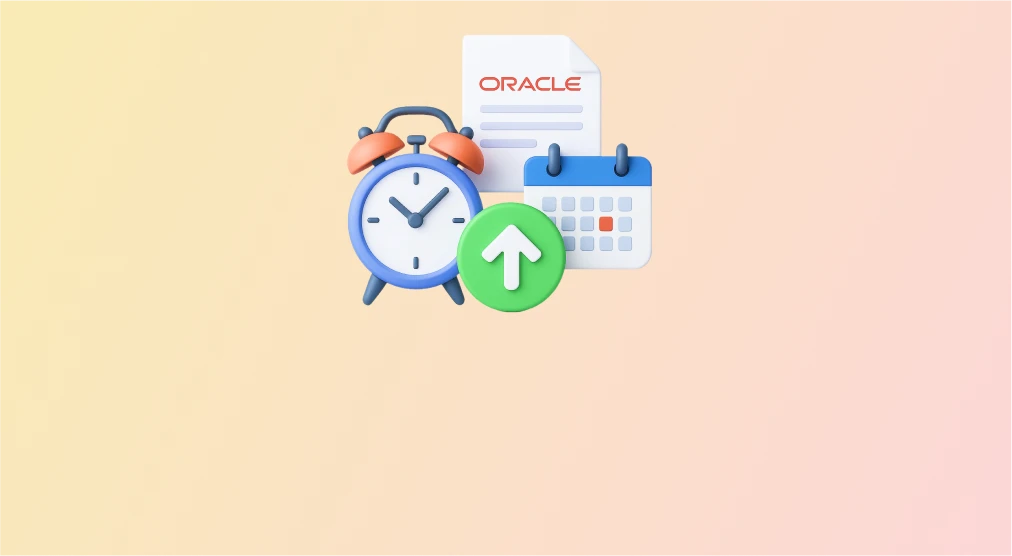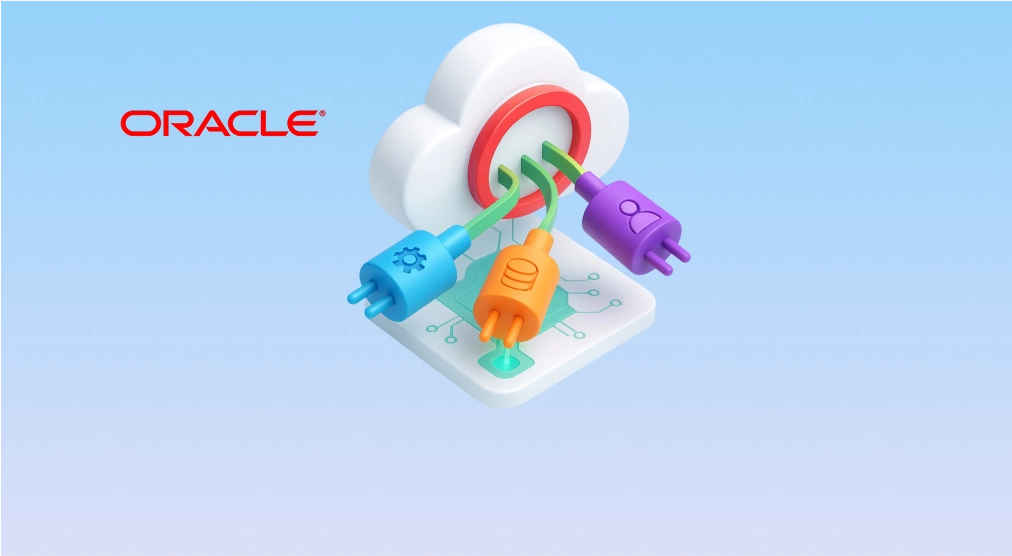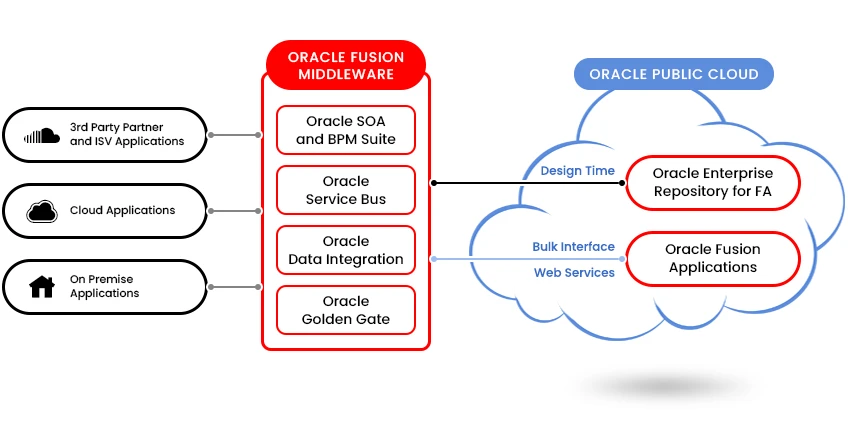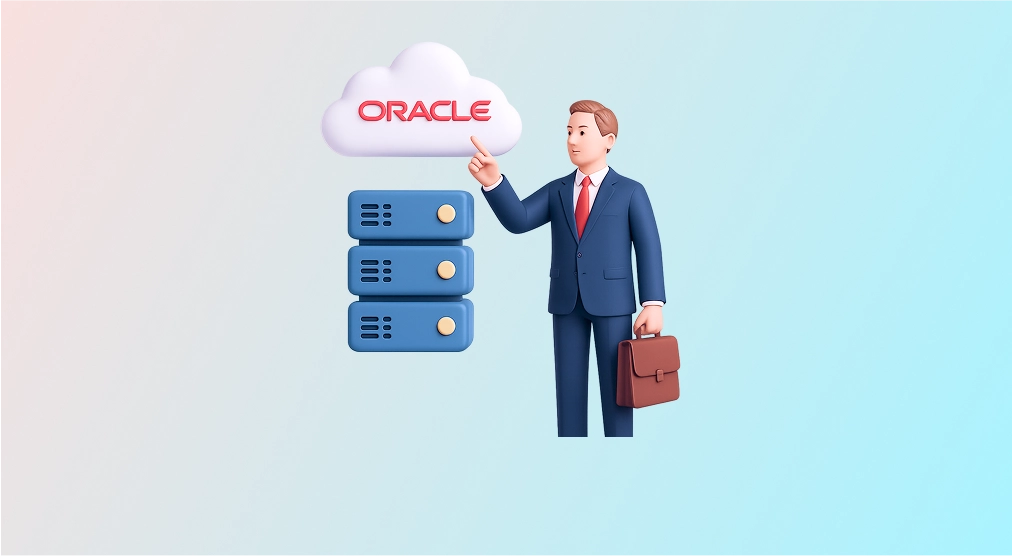How CES is helping customers avoid application version obsolescence and mitigate Oracle Corporation’s fast approaching EBS de-support deadline
Time is ticking for Oracle version 12.1.3
Oracle EBS customers are aware that version 12.1.3 of Oracle Business Suite will be de-supported by Oracle soon. With December 2021 as the deadline, they barely have a year left. IT teams will have to be prepared to solve any functional or technical issue on their own, post the de-support date.
Once the extended support is off the menu, upgrading EBS could become difficult. EBS customers will get the security updates but upgrading EBS could be a challenge due to prerequisite patches and specific upgrade issues related to EBS configuration. Customers may have to run business processes with blunt tools and outdated features. Suitable vendors who upgrade the application may not be available anymore due to lowered business volume. Moreover, upgrading can become expensive as resources move on to newer versions and cloud.
” Customers may have to run business processes with blunt tools and outdated features. “
Harvest the benefits of upgrading
By upgrading, the business will reap many benefits of the newer versions. First, the EBS customer will avoid application obsolescence and check off the box for the next 10 years before the next deadline-driven upgrade has to be done. Second, the customer will be in sync with the latest version, and get plenty of out-of-the box features that Oracle has added to each incremental version over the past decade. These new features can help develop new business use cases like – offline data manipulation and update, uploading of data files as attachments, one-step checkout in procurement, and the list goes on. Adding to the above business will also have the advantage of technical architectural changes – the possibility of online patching which reduces the need for patching downtime. Furthermore, customers will have access to updated reports and dashboards through Enterprise Command Center.
CES makes upgrading to version 12.2.10 easy
If a business has not upgraded EBS to a new version for a decade, they have no choice but to upgrade. CES is right here to help in successfully upgrading EBS to R12.2.10 version. Our highly skilled team has the expertise of completing 10 plus upgrades for various customers. We follow a well-defined methodology right from planning to post-upgrade support and knowledge transfer.

CES analyses the customers’ current version and the processes they follow and maps a clear path to make the transition easy. Our methods are non-intrusive meaning everything can be done remotely/offshore with very little support needed from the business. All this can be completed in a span as short as 4 months at a highly affordable fixed cost.
” By upgrading the EBS customer will get plenty of out-of-the box features that Oracle has added to each incremental version over the past decade. “
Now is the right time – don’t let it slip away
With less than a year’s time to act, it is high-time that you de-risk your business. Take advantage of the most affordable and straightforward upgrade solution and stay worry-free for the next 10 years. For more information or a conversation on how CES can make the entire upgrade easy and affordable, please contact us at sales@cesltd.com.




